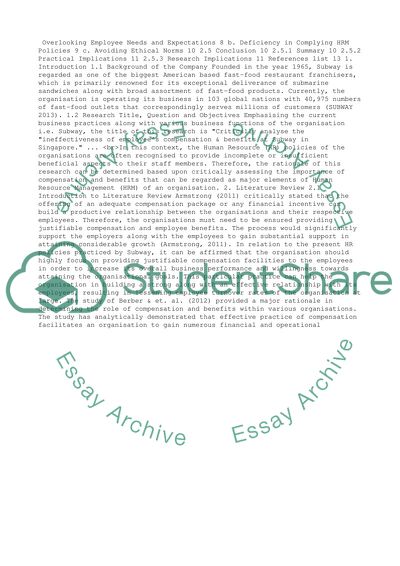Cite this document
(“The Subway Essay Example | Topics and Well Written Essays - 2750 words”, n.d.)
Retrieved from https://studentshare.org/management/1497596-writer-s-choice
Retrieved from https://studentshare.org/management/1497596-writer-s-choice
(The Subway Essay Example | Topics and Well Written Essays - 2750 Words)
https://studentshare.org/management/1497596-writer-s-choice.
https://studentshare.org/management/1497596-writer-s-choice.
“The Subway Essay Example | Topics and Well Written Essays - 2750 Words”, n.d. https://studentshare.org/management/1497596-writer-s-choice.


